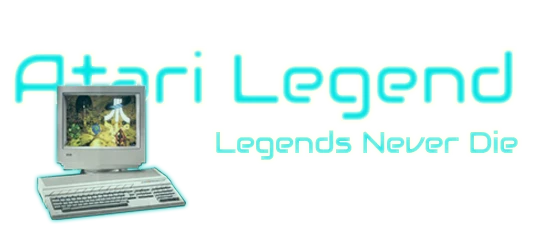

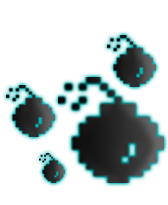





Oskar Burman has had a lifelong vision of creating virtual worlds. In 2016, he made this dream come true by starting his own VR exclusive game company Fast Travel Games. Since February 2018 their first release, called Apex Construct, is available to the public. Before his endeavours with virtual reality goggles, Oskar Burman was head of Rovio studios where he was responsible for Angry Birds 2. He has played an important role in the creation of games like Just Cause 2, Battlefield : Heroes and Ignition, to name a few. But it is the very beginning of this man's carreer that is of most interest to us Atari ST fans. You see, Oskar was a member of Unique Developments Sweden, where he created the very first FPS game for the Atari ST ... Substation!
There is currently no profile available in our database
1) Introduction
2) History ... and the speed of the tape recorder
3) STOS made him do it!
4) Creating a classic at the age of 17
5) The cabin in the woods!
6) His legends
7) The UDS book
8) The UDS years
9) BFF's
10) Ignition
11) Fast Travel Games
12) Apex Constructs
13) The red thread
14) The games industry of today
15) No time for PS4
16) The ST never leaves
17) Words of wisdom
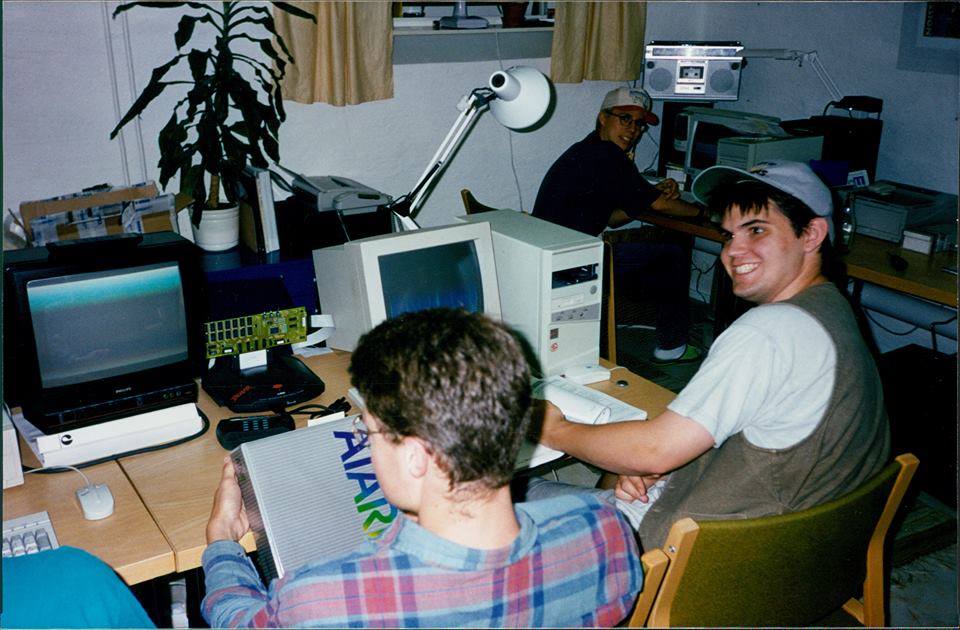
A rare behind the scene's photo at UDS. "...when we started UDS we all lived in the same apartement – a tiny one where we slept with two or three people in each room!"
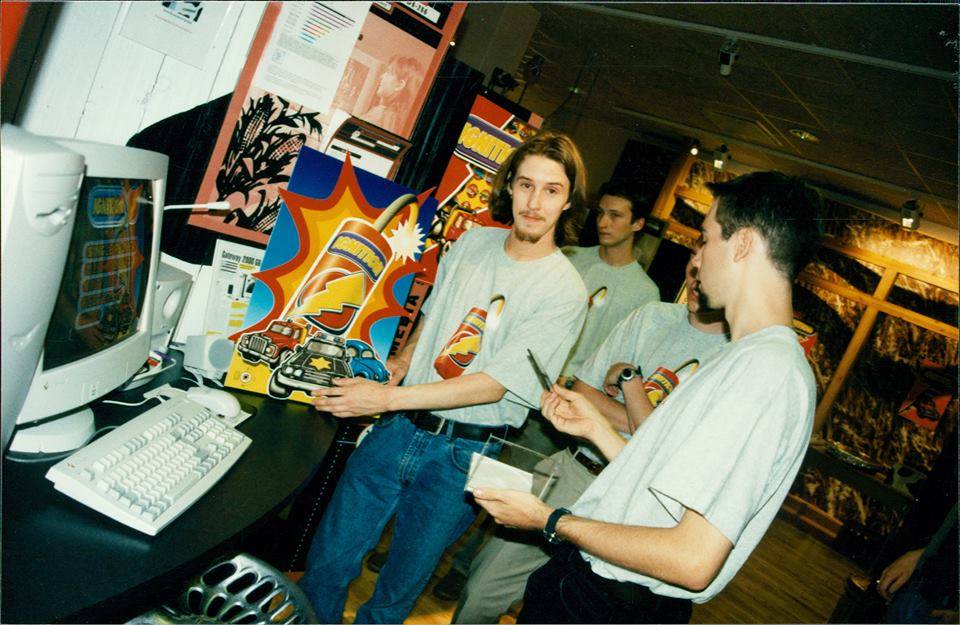
After the release of 'Substation', UDS moved to the PC market. Here we see Oskar at a promotion booth of their next title, the racing game 'Ignition'.
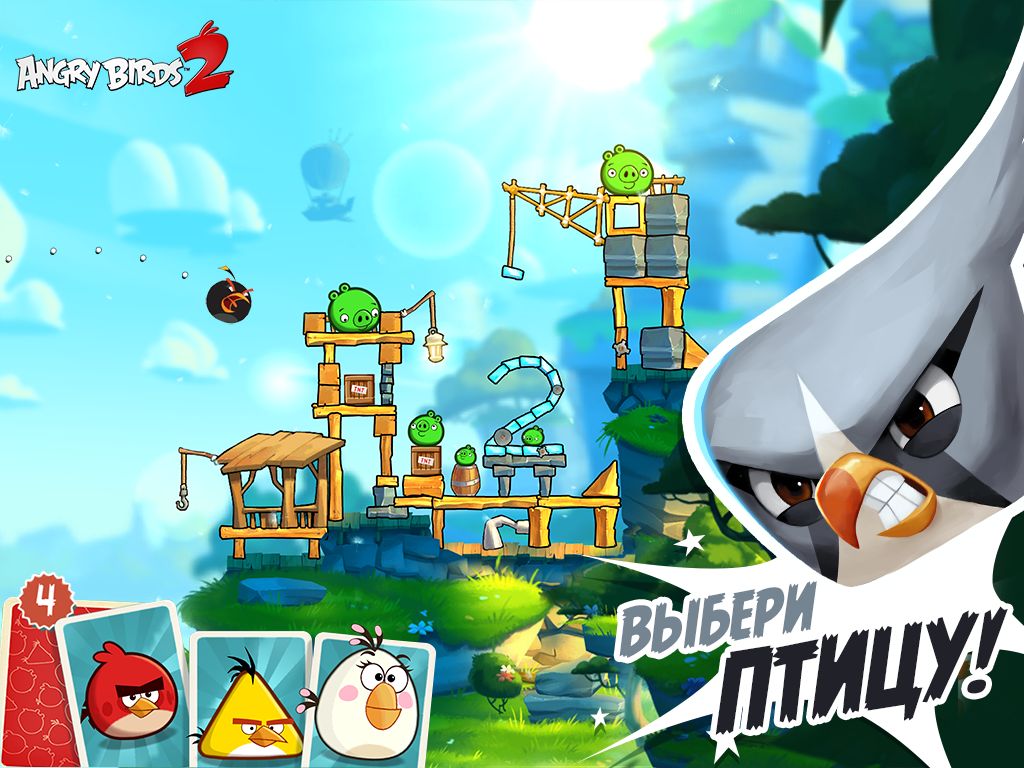
In 2012 Oskar became general manager of Rovio's Stockholm office where he oversaw the development of Angry Birds 2.
1) Thank you for your time Oskar. Please introduce yourself.
I started my career in games through the Atari demoscene in the early 90s, and that’s where I met the people that I later started UDS with. We were one of the first Swedish game studios and we were building games for the Atari ST, PC and consoles. Since then I’ve worked at numerous game companies like Avalanche Studios, EA DICE, Rovio and currently running a VR games company called Fast Travel Games in Stockholm, Sweden.
2) Tell us first a bit about your past. When did you first came in contact with computers? Which machine(s)? When did you know you wanted to make games for a living?
First time I saw a computer must have been in the mid 80s when a friend of mine got a C64, and I got introduced to the magic world of computer games on tape – wait forever until you get to play. My first own computer I got after nagging to my parents was an Atari 800XL, which I mostly played games on, and then later I bought my own Atari ST followed by a STE and started to learn programming in STOS. As soon as I started to get my head around coding I knew this was exactly what I wanted to do, making games. Even though I had a detour a few years where I mostly created demos for the Atari. Highly valuable though as all the techniques learned could be used for games! ;-)
3) Searching the Atari Legend database on your name, you seem to have created quite a few games for the Atari ST. Do you remember what the first game was that you made and on which machine?
Those first games I made in STOS I made collections of and sold, so I had something like four games on each disc, and put advertisements in Atari magazines around Europe. It was a great way to get to know Atari enthusiasts, and people sent me letters with money (all kinds of currency) to buy my disks. Super fun! A very analogue way of paying for games, but those were the days ;-)
All my first games were Atari ST games, and fairly simple. Small puzzle games, action games, a Tetris clone etc.
4) You seem very young when you started at UDS. How old were you and how exactly did it begin?
I was only 17 years old when I started to work on Substation, my first professional game that later launched as a UDS game. Myself and Mikael Emtinger and the rest of the team mostly worked remotely on it from all around Sweden. I worked a while from the very north of Sweden as I was doing my military service at the same time as making the game. But as soon the military service was over I joined the rest of the UDS team down in Norrköping, I must have been around 19 years old at that time.
5) Substation was one of the most ground-breaking games for the Atari ST. Where did you get the idea for this game? How did it all start?
Me and Mikael had the idea of creating an FPS for the Atari. We had played Wolfenstein on the PC, and were pretty convinced that with some clever programming tricks and using techniques from the demoscene we could recreate it for the Atari. It was extremely challenging at times, textures were not possible, but we could get Gouraud shaded walls to work. However, together with enemies, AI, HUD etc. it was really challenging to get the game to run at a decent frame-rate, and it forced us to push what was possible with the Atari ST. But eventually we were happy with the end result! It wasn’t the first FPS in the world, but probably the first for the Atari STe, and a fun game in its own right. Also we had multi-player through the MIDI-port which was extremely innovative at the time. Another fun fact is that during parts of the development cycle we worked on the game in a cabin in the forest owned by my parents, and the focus we found there I later recalled and used for the Stugan game accelerator that I founded with Tommy Palm. This is where we send game developers out into a cabin in the forest to work on their dream projects. It has now been going for a few years, and is a real passion project of mine!
6) Who do you admire as a game creator?
There are so many legends. Obviously John Carmack since Wolfenstein 3D and Doom were such an inspiration to Substation, but Sid Meier, Michel Ancel, Fumito Ueda are just a few that are rated very high in my book.
7) A few years ago you wrote a book about the history of UDS. The book is in Swedish only, are there perhaps any plans for an English version?
I would love to do an English version but have not found the time myself with a full time job and a family. If anyone wants to help out, please get in contact! ;-)
8) Do you have some cool UDS stories you like to share with the scene? Perhaps some photos?
There are almost too many stories from the UDS days, and it was amazing fun. Most of the game developers back then were young, and the business was still shaping up, so you could make many rules yourself about game design and game development. On the flip side there was almost no money in making games, so when we started UDS we all lived in the same apartment – a tiny one where we slept with two or three people in each room! Fun for a while but not in the long run. There were countless times that we almost went out of business as well, due to publishers not paying bills, or just because we were delayed with games. But in the end it was fantastic to be part of a team that started with just a handful of people, and grew to over 100 in just a couple of years!
9) Are you still in touch with the guys from UDS with whom you started it all?
Absolutely, many of them have become my closest friends. And surprisingly many of them still make games. I guess once you’ve started it’s hard to stop!
10) You were involved in some incredible projects, at UDS and afterwards. Games like Ignition, Just Cause, Angry Birds 2 and many more, you placed your stamp on them. That is an amazing career path. What do you consider the highlights of your career? What (games) are you most proud of?
I’m proud of all my games, but I guess Ignition has a special place in my heart as it was the first real “hit” I’ve worked on. Like Substation, it started as an idea by me and Mikael Emtinger, and we had so much fun making it. I recall one part of the development where we could not stop playing the game when testing new features because it was too much fun, so I put in a limit in the game and made the screen fade to black after a minute of playing, just to force us to work on the game instead of playing it :-) I still meet people who remember the game and tell me they played it with friends as they grew up. Only Europeans though, as it was never launched in the US, which was a shame.
11) In 2016 you left Rovio to start your own company called Fast Travel Games. A unique game company focusing purely on VR games. Can you tell us a bit about the history of the company?
I’ve been fascinated by VR since I saw (the very lousy) The Lawnmover man in the 90s, and knew I wanted to be part of the wave of games coming now for the first generation of consumer-ready VR devices. When I discussed my plans on starting my own business with old friends from EA DICE - Erik Odeldahl and Kristoffer Benjaminsson, it turned out they also wanted to be part of this. Today we’re 14 people and have launched our first VR game, an action adventure called Apex Construct.
12) Regarding ‘Apex Construct’. It looks simply amazing. How are things going with the company ever since its release release in February 2018?
Launch went great with tons of positive feedback from the VR community! Currently we’re working on our next game and I really look forward announcing what it is in the not too distant future! ;-)
13) Have you always had a fascination for creating other (virtual) worlds? Is it coincidence you started your career with a 3D game like Substation, a game where you put the player into a virtual 3D world? ;-)
Absolutely, it’s like a red thread though my life! Either stepping into other peoples' virtual worlds, or creating my own. I really believe games are on the verge of becoming the most powerful form of entertainment for this century, and I’ve always wanted to be part of that movement.
14) How do you feel about the game industry today?
I still love this industry, the people working here are just amazing; creative, passionate and friendly. However, I’ve lately become worried over the toxic culture some players express, with racism, sexism and threats, and would love to work more actively towards a more friendly atmosphere in games, where everyone feels welcome.
15) As head of a big company, do you still have time to play other games than the ones you create? Are you a gamer? Or do you much more enjoy creating them?
I still play lots of games, but mostly in VR, as that’s the field where I work nowadays. However, would love to have time to play more games on my PS4 at home, but right now there’s just not time. I’ll always been a gamer though, and hope to find more time for games in my life as my kids grow older!
16) Are you into retro gaming at all? Do you still have your Atari ST?
I still have my Atari ST at home, and start it once in a while, but wouldn’t say I’m much into retro gaming. I’m much more excited about the future, and love to try all the new stuff that we’re bombarded with.
17) Any last words you like to share with the ST community?
The ST community has always been a fantastic, inspiring and friendly place. Super proud over how it has helped shape me, and without the Atari demoscene, I would most probably be doing something else today!
Thank you so much for this interview Oskar, it was an honour. The best of luck with Fast Travel Games!
August 5, 2025 by grams88
Martin Brownlow is a living legend. Best known among ST fans for creating the beloved PD/shareware classics Grav and Grav 2, his games are still cherished by many to this day. From a young age, Martin knew he wanted to make games for a living...and he made that dream a reality. In fact, he’s still doing it today. Discover the full story and much more in this exciting new interview.
October 4, 2024 by grams88
Stacey Jamieson began his career at DMA Design, working on titles such as Oh No! More Lemmings, Walker, GTA and others. Over the years, he moved on to Electronic Arts (EA), where he contributed to major games like the Star Wars Battlefront series, Mass Effect, and Need for Speed. Today, he is the co-founder of Expression Games, where he continues to pursue his passion for game development. What an exciting career!
July 29, 2024 by grams88
Who doesn't love a good underdog story? Chris Sharp is a noteworthy apprentice of the renowned François Lionet, as he mastered the art of coding with the almighty STOS Basic. Chris crafted a few games for our cherished ST, including fan favourites like Magic Tomb and the Freaked Out series. Intrigued? Dive into our interview to revisit the era when game development could still be a solo endeavour.
July 16, 2024 by grams88
When Sega released its Master System, it came bundled with the game Alex Kid. To this day the game remains very popular, loved by many. One of those people is Terry Lloyd. More so, Alex Kid was the main inspiration for the Atari ST platform classic Axel's Magic Hammer. But that is just one of his many accomplishments. Terry has been around the block. Working as an artist and game designer at the beginning of the 80's for Gremlin Graphics, he then moved on to Core Design, which he helped get off the ground. During the 90's he contributed to founding the company Malibu Interactive. On the Atari ST, Terry's resumé include Dynamite Dux, Car-Vup, Rick Dangerous 1 & 2, Torvak the Warrior, WarZone and many more. Read all about this veteran of the games industry in this exciting interview.
April 18, 2024 by grams88
It doesn't always have to be about computers, coding and graphics. Adrian Powell, the artist behind the original Lemmings game, crafted all its artwork, including box art and promotional materials. His passion for painting lemmings has persisted over time and he is still painting lemmings to this day. Powell's work remains influential and has helped selling millions of copies of this classic (ST) game.
Currently 0 registered users online
In the past 24h there were 2 registered users online